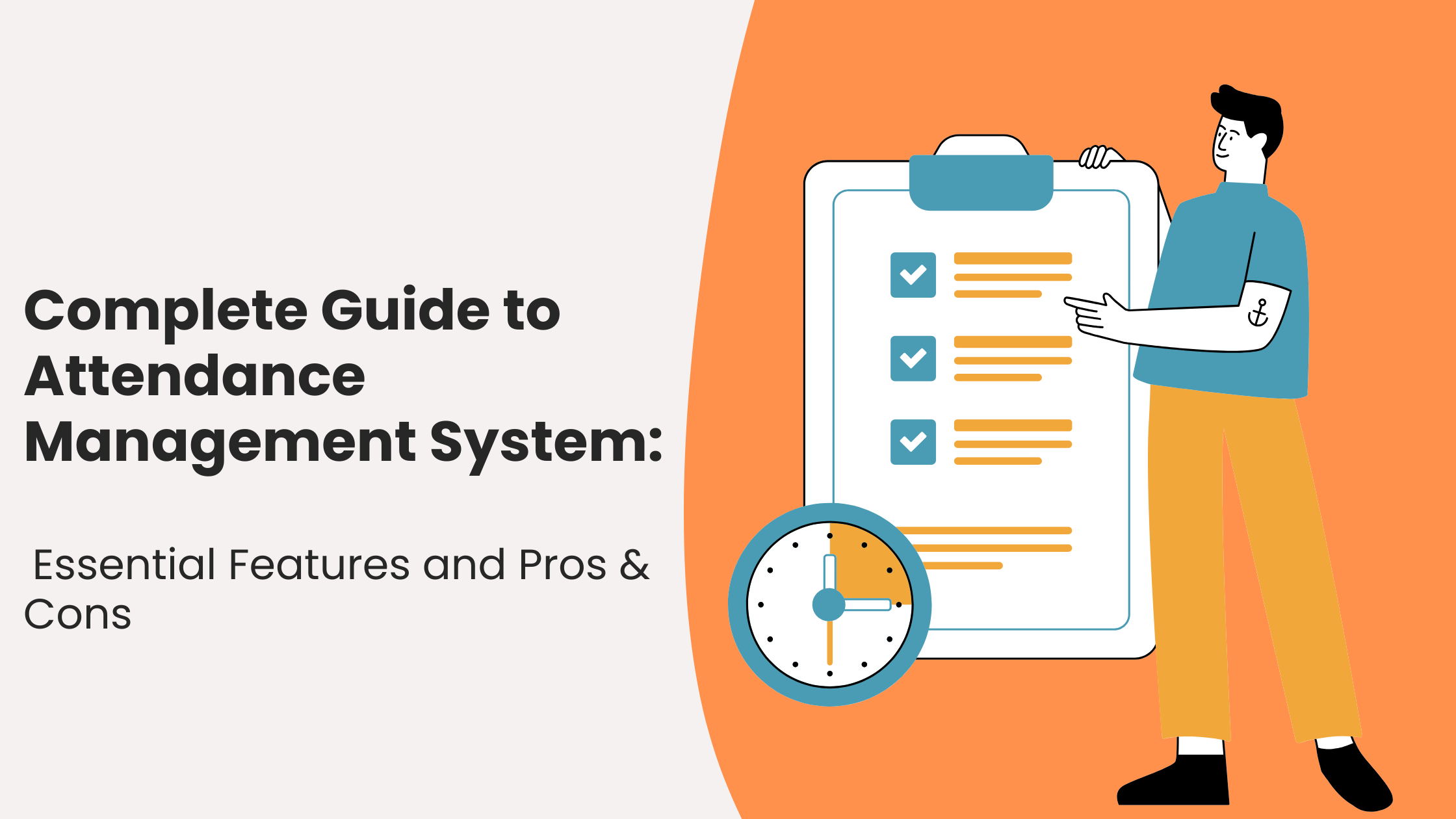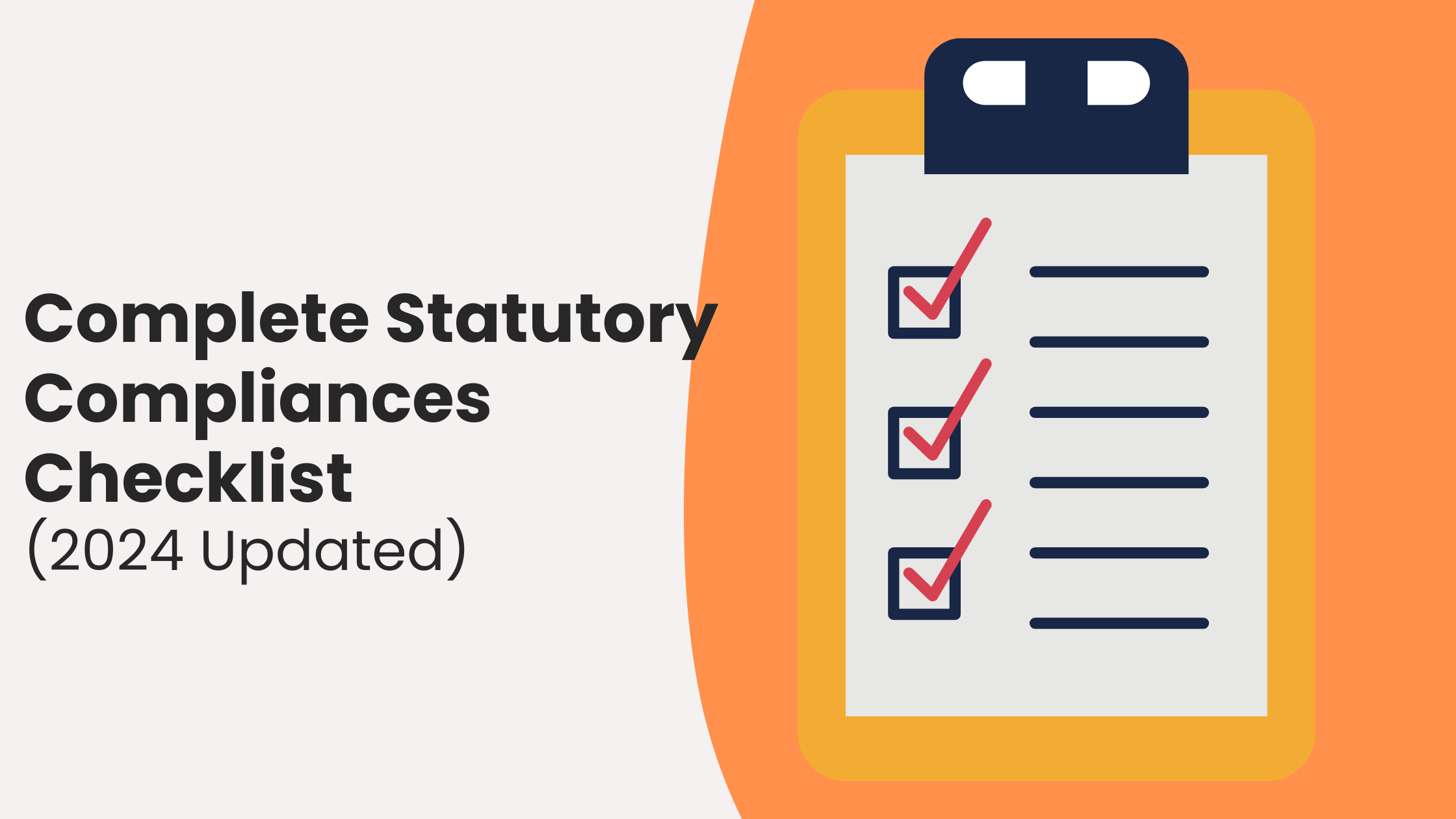5 things you need to consider for the perfect performance appraisal

The new financial year has begun and while organisations gear up to achieve bigger goals for themselves it’s also important to retrospect on the year gone by. Reviews and appraisals are an integral part of an organisation that’s looking to improve year on year or even month on month. Performance appraisals give employers a chance to identify problem areas and also give them an opportunity to set more ambitious goals for the coming year. For the employees, on the other hand, appraisals serve as an opportunity for growth and a chance to move forward in their careers and their journey in the company.
Appraisals are also an opportunity for both sides to voice their feedback in an organized, non-personal and professional manner. The benefits of a carefully planned and executed appraisal are more than obvious. However, the more important question is – “What’s the best way to conduct a meaningful appraisal?” and “How can I get the most out of a performance appraisal?”
As India’s leading payroll software in the SMEs and startups space, we interact with many small businesses. Through our interactions we noticed that many HR managers and entrepreneurs still struggle with conducting an effective performance review. Hence, we thought it would be a good idea to throw some light and provide some useful insight on carrying out the best performance appraisal process.
1) Deciding the Appraisal Cycle
While having at least one performance appraisal every year is a must, in certain scenarios it may be a good idea to revisit performance every once in a while. But how do you decide if an appraisal cycle should be monthly, quarterly, biannually or yearly?
Well, the answer depends on a couple of factors that are related to the deliverables of the employee. Here are some of the things you should consider:
1) How important are the KRAs of the employees in the short run?
Sales, for instance, is a crucial part of most organisations. Since they directly impact profitability it’s best to be in a position where you can identify problem areas early. Hence, having a quarterly or monthly review for a function like sales is a good idea. On the other hand, it may not be necessary to revisit certain functions like Accounts or HR on a regular basis. Longer appraisal cycles in this case are a more preferred approach.
2) How long will it take to measure visible change?
The question here is can you measure the effectiveness of an employee from one appraisal to another. Quarterly appraisals give employees a period of 3 months to implement a visible change and are recommended in teams where results are gradual. For instance, branding and marketing teams need time to execute campaigns and new strategies. When compared to Sales they would need more time to show meaningful change and hence should have longer appraisal cycles.
3) Can I really afford it?
Performance appraisals can be time consuming which also attaches a certain cost to it. Hence, larger companies with a greater number of employees may not find shorter appraisal cycles very appealing. When deciding your appraisal cycle, keep in mind the time and costs associated with it.
2) Choosing the right metrics for appraisals
If you aren’t using KRAs (Key Result Areas) to map the performance of your employees, then now would be a really good time to start. KRAs not only make performance appraisals a whole lot easier, they also give employees direction and focus. They improve communication and keep the employer and the employee on the same page.
Setting appropriates KRAs is crucial for the employee to understand his/her core responsibilities and his/her purpose in the company. From the employer’s point of view, it prevents team members from flying blind and helps focus on the most important result areas.
Setting KRAs are easier for teams like Sales that already have a defined target. However, for teams that are have more abstract responsibilities, setting KRAs might be a little tricky. In order to set up meaningful and appropriate KRAs for such teams you need to consider a couple of factors. Here’s what you should keep in mind while setting the KRAs of an employee.
a) What purpose has the employee been hired for?
b) What are the current activities that the employee is doing on a daily basis?
c) What results would benefit the company and the team if the employee achieves it?
d) Are these results specific, measurable, essential and executable?
e) Can the employee track his performance on his own?
Once KRAs are set, you can expect the appraisals to focus in the areas that matter the most. Employees will also get more defined feedback that is specific and visible.
3) Individual v/s Ranking System?
Individual appraisals are when an employee’s performances are rated mutually exclusive of each other. This means that a particular employee’s score is not affected by how his colleagues have fared. On the other hand Ranking Systems, as the name suggests, ranks employees against each other based on their performance.
Each of these methods has their own pros and cons and while choosing one method over the other here’s what you should consider:
Individual appraisals
+ Allows you to keep the appraisals confidential
+ Ideal for smaller companies where it’s hard to compare performance
+ Allows you to create different rating metrics for different employees
– Does not create a competitive environment
– Does not support decisions like promotions or increments
Ranking system
+ Employees know how they’ve fared against their peers
+ Competition also provides additional motivation
+ Decisions like promotions, layoffs, increments become easier to justify
– Might create a negative personal environment
– Results cannot be kept confidential
Ranking systems work better in organisations where teams are bigger. It’s simpler to rank employees against each other in the same team since their KRAs and activities are similar. Ranking performances inter-department, in contrast, can be a tricky affair. This method might also render employees to be reluctant to helping their peers which is not an environment that benefits SMEs and startups.
4) 360 Degree feedback v/s Unilateral feedback
The 360 degree feedback system, where an employee receives feedback from his peers, manager and direct reports, is widely used by companies these days. But how do I decide if I should implement a 360 degree feedback in my company?
To answer that question it’s important to understand what a 360 degree feedback brings to the table. You can then compare that to what you’re seeking from the appraisal process and verify if it fits. This system does have a lot of benefits when it comes to the personal and professional growth of the employee. However, the other side of the coin is the time and resources spent on this activity are considerably higher than other methods.
Benefits
1) Identifies areas for improvement across levels
An employee who is liked by his/her superior might not be as popular with his subordinates or may also be hurting the performance of his peers. The feedback across levels helps identify shortcomings that wouldn’t be visible otherwise.
2) Empowers the employee
As an employee the right to provide feedback to your employer can be quite empowering. This activity makes them feel more valued and reinforces the fact that it’s a 2-way relationship.
3) Addresses subjective issues
While traditional appraisals may focus on performance against targets, feedback from other levels may be able to touch on more subjective issues like behaviour, attitude etc. This enables the employee to receive more complete feedback and even grow beyond his/her KRAs. Managers also receive important feedback which assists them in better handling of their team and an overall happier workplace.
Limitations
1) The process comes with costs
The cost associated with this activity is fairly high. This includes the time spent by employees to rate their peers, managers and their direct reports. Apart from this, the system has to be setup and executed meticulously keeping in mind the confidentiality of the feedback.
2) Reduces the authority of the manager
This process dilutes the power of a manager over his subordinates which might take away some of his/her control on the team. Also the fact that a manager also has to be rated by his subordinates may lead to a more diplomatic approach in leadership.
3) An opportunity to vent personal conflict
Employees may use this process as a means to vent personal indifferences towards their peers. Since the feedback remains anonymous, this might create an environment of animosity within the team.
While 360 degree feedback provides a holistic picture of an employee, it does have its downside, the biggest of which is the cost associated with it. Hence, it’s a good idea to use this form of feedback as an annual exercise. Even with its limitations, 360 degree appraisals provide immense growth opportunities for employees. It’s also a platform for all employees to communicate their opinions and make them count.
5) Confidentiality v/s Transparency?
While some organisations have a more transparent approach to appraisals, others prefer a confidential one. So should you keep ratings open for other employees to see or should you only make them known to the assessee? What are the upsides and the downsides of each? And which one should you pick for your company?
The confidential appraisal approach has the benefit of protecting the interests of a non performing employee. If an employee is rated poorly, it doesn’t change his social wellbeing within the organisation and protects him from being demotivated. It also gives appraisers an opportunity to be more blunt and direct with their appraisals.
On the other hand, the downsides of this method can be a deal breaker. Employees cannot compare their results which would dilute the clarity of their grading. When an employee receives his appraisal, it’s hard for him to understand how well he’s fared when compared to his peers. Also, a reward for well performing employees is the liberty to speak about it. Compromising a benefit of the performing employees for the non-performing ones may not be the best approach.
The transparent appraisal method is more aligned with modern times. Employees know exactly where they stand when compared to peers and it makes it easier for employers to justify promotions and increments. The transparency also creates an environment of trust and may serve as a form of added motivation for employees.
To sum things up…
Appraisals are an important element of the growth trajectory of employees. A two-way feedback in a professional and organised manner helps develop employees and managers alike. Before carrying out an appraisal, make sure to set the right KRAs for employees. Decide the appraisal cycles, method and transparency based on the priorities of the organisation. Timely and specific feedback will keep everyone on the same page and will promote a healthy overall working environment.
As an addition, as always, we have a downloadable resource for you that should make your job simpler. This time, we’ve compiled a performance appraisal template for employees and managers that you can use in your organisation. You can also edit this template and customize it to suit your needs.




